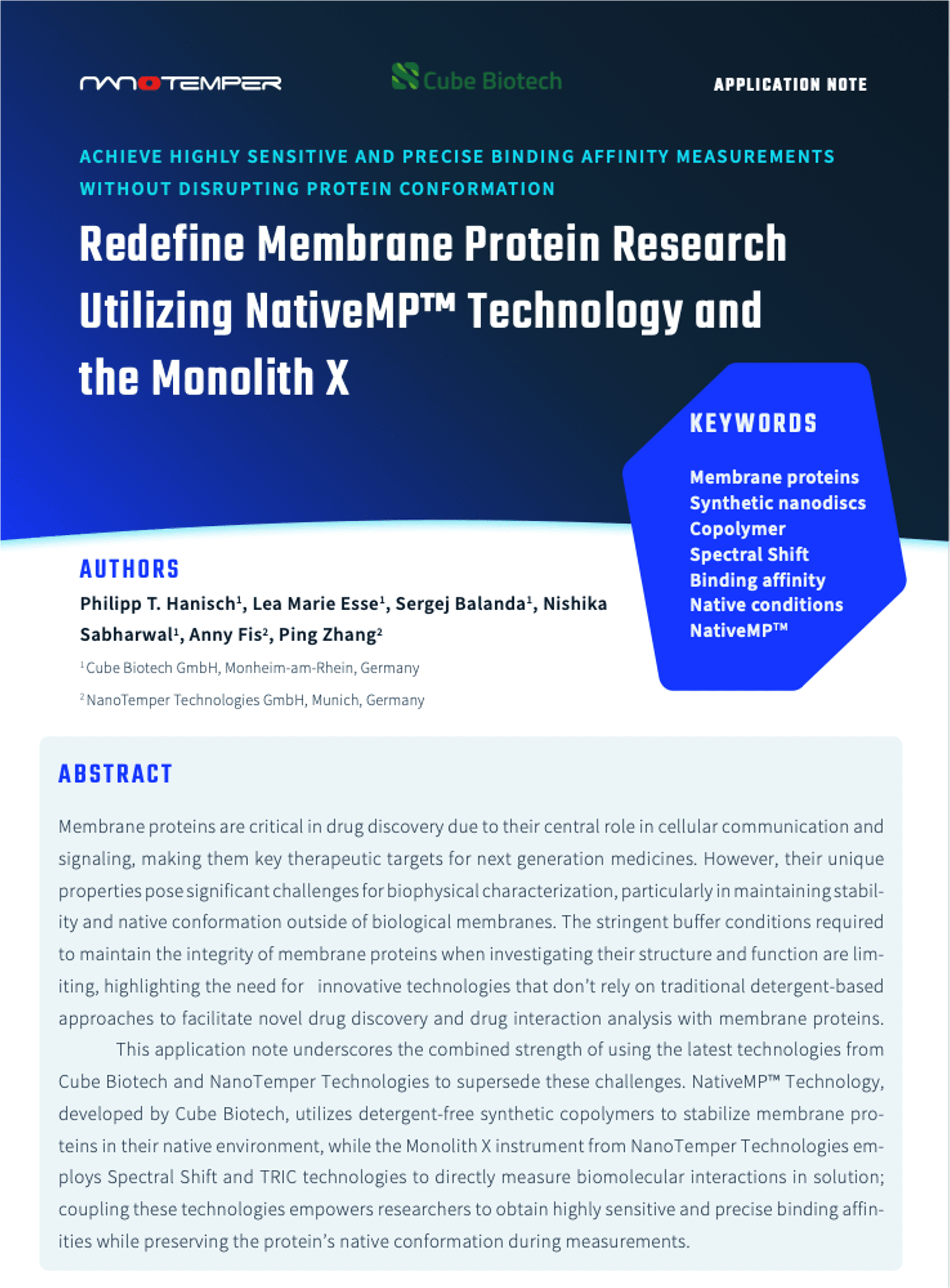Li X, Hao G, Wang Q, Chen Z, Ding Y, Yu L, Hu D, Song B.
Oncotarget
2017 Oct 10; 8(47): 82446–82458 doi:10.18632/oncotarget.19401
Abstract
Tobacco mosaic virus (TMV) causes severe plant diseases worldwide; however, effective antiviral agents for controlling TMV infections are not available. This lack of effective antiviral agents is mainly due to the poor understanding of potential targets associated with TMV infections. During infection, the coat protein (CP), which is delivered by viral particles into susceptible host cells, provides protection for viral RNA. Here, we found that Ningnanmycin (NNM), a commercially used plant antibacterial agent, inhibits the assembly of the CP by directly binding several residues. These interactions cause the disassembly of the CP from discs into monomers, leading to an almost complete loss of pathogenicity. Substitutions in the involved binding residues resulted in mutants that were significantly less sensitive to NNM. Thus, targeting the binding of viral CPs through small molecular agents offers an effective strategy to study the mechanism of NNM.
Topics: Plant proteins, Monolith – MicroScale Thermophoresis, MST, Proteins, Publications











